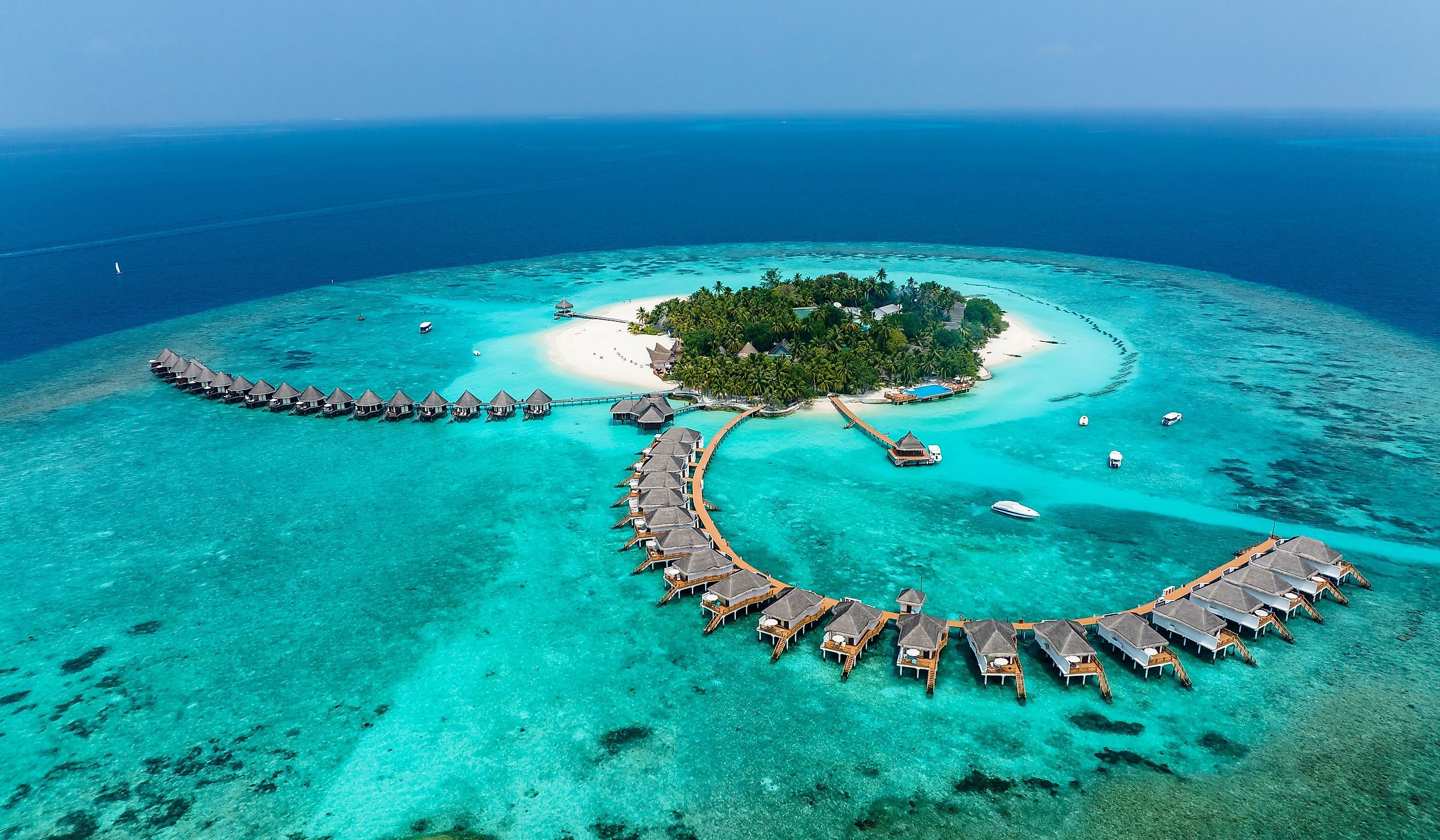
The Six Island Nations of The Indian Ocean
At first glance, the Indian Ocean appears to be an empty and desolate place devoid of much human activity. However, upon closer inspection, the region is teeming with life and is home to a handful of vibrant and thriving countries.
The Indian Ocean is the third-largest body of water in the world and covers 70,560,000 km2. The Indian Ocean comes in contact with three separate continents, Africa, Asia, and Australia. Within the Indian Ocean are six island countries, all of which are home to their own unique history, culture, and traditions.
Island Countries Of The Indian Ocean
| Country | Population | Area |
|---|---|---|
| Comoros | 860,600 | 2,235 km2 |
| Madagascar | 30,854,000 | 587,041 km2 |
| Maldives | 544,700 | 300 km2 |
| Mauritius | 1,235,000 | 2,040 km2 |
| Seychelles | 105,000 | 455 km2 |
| Sri Lanka | 22,231,000 | 65,610 km2 |
Comoros

Comoros is a small island country located off the east coast of Africa. Comoros is made up of three main islands with a fourth island which Comoros claims but is administered by France. Comoros is celebrated for its abundance of natural beauty and stunning jungles and vegetation.
Little is known about the early history of Comoros and only enters the written record sometime in the 8th century from Arab and Persian traders. As a result of contact with trade from the Middle East, Islam was quickly adopted by the locals.
It is assumed that the islands were settled by both Malayo-Indonesian people as well as Bantu-speaking Africans before coming in contact with the outside world. Comoros acted as an outpost of trade for both Muslim and European traders until the island was eventually colonized by the French in 1886.
Today the island remains quite poor as large segments of its population leave abroad in search of better economic opportunities. Comoros does enjoy a thriving tourism sector as thousands of foreigners flock to the country each year to experience the breathtaking beaches and blissfully tropical weather.
Madagascar
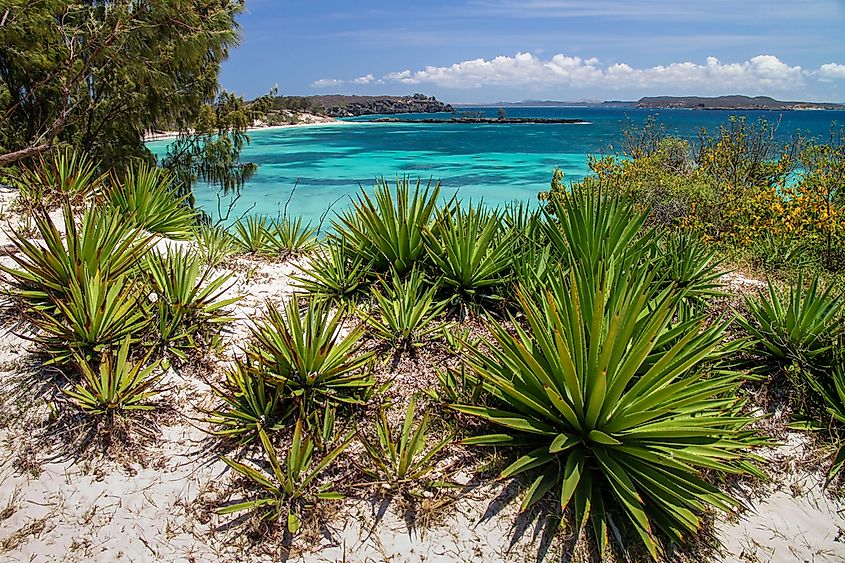
Madagascar is the largest of the countries located within the Indian Ocean. Similar to Comoros and Mauritius, Madagascar can be found off the east coast of Africa. The vast majority of Madagascar's population is not ethnically African but rather descended from Malagasy peoples who are thought to have originated somewhere near Indonesia.
It remains somewhat of a mystery how exactly the Malagasy reached Madagascar, but it is assumed they arrived on the island sometime around 700 AD. Since the island was settled, it played a key part in trade across the Indin Ocean. Both Arab and European traders often frequented the many cities and towns along its coasts.
Madagascar was colonized by the French in the 19th century, and their cultural influence still remains strong on the island. Malagasy and French are the two official languages of Madagascar, with much of the population adhering to either Lutheranism or Roman Catholicism.
Madagascar's economy has struggled in recent years, with the majority of its economic output still relying on agriculture. A large deposit of sapphires was discovered on the island, and today, nearly half of the world's supply is mined in Madagascar.
Maldives
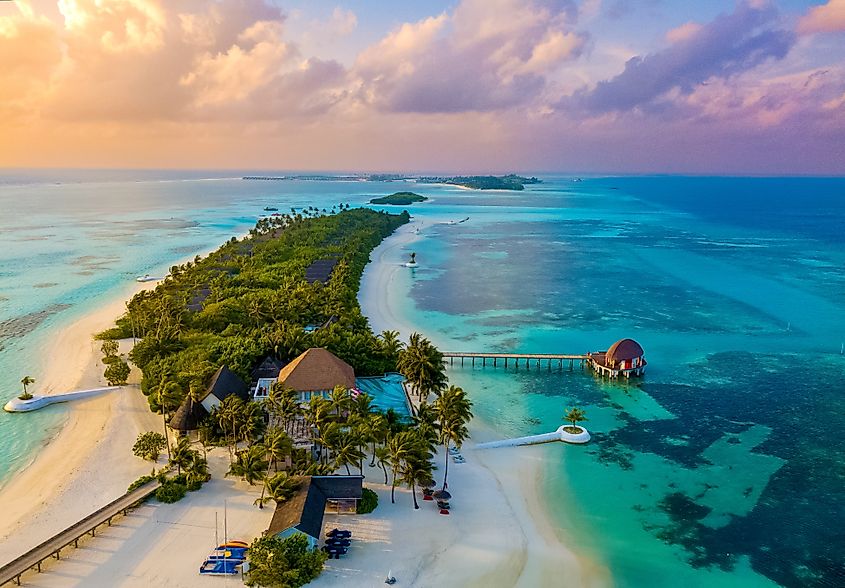
The Maldives are located in the north of the Indian Ocean southwest of Sri Lanka and India. There are 1,200 islands that are a part of the Maldives with only around 200 of them being inhabited by humans.
The Maldives were inhabited by humans as far back as 500 BC by peoples from the Indian Subcontinent. In the 10th century, the islands adopted Islam after coming into contact with Arab and Persian traders. In 1887, the islands, after changing hands multiple times, ended up as a British colony. In 1965, the Maldives were given their independence.
Today the Maldives is often regarded as one of the most beautiful places on Earth. Come to crystal clear water and white sand beaches, millions of tourists from all over the world come here each year to enjoy their time in paradise.
Rising sea levels have put a serious strain on the Maldives as of late. The national government is facing the very real possibility that some of its territory, including populated islands, could be underwater by the end of the century.
Mauritius
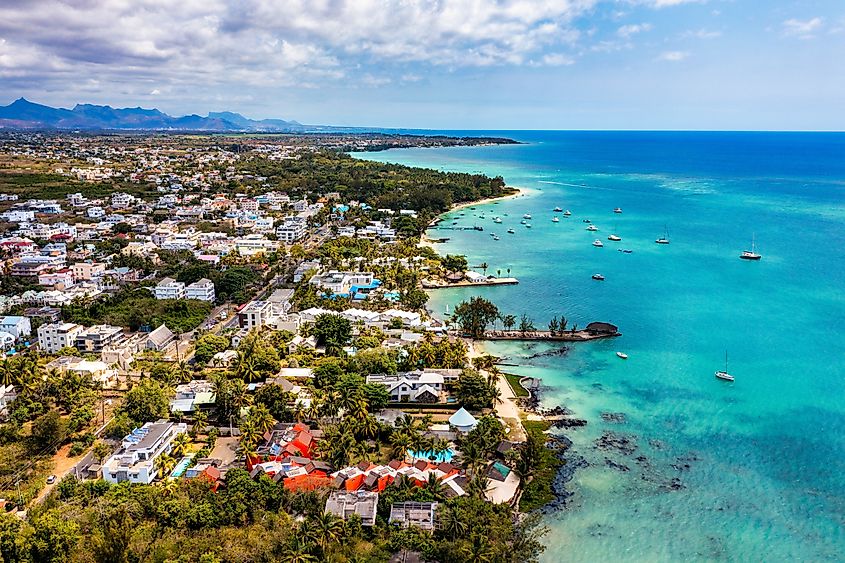
Mauritius is another gem on the coast of East Africa. Located east of Madagascar, Mauritius is known for its natural beauty and relative isolation. The islands likely remained uninhabited for much of its history aside from the occasional visit from Arab or Portuguese traders.
The Dutch made multiple attempts to settle the island but failed after struggling to supply its colonists. In 1710, they abandoned the island which was then claimed by pirates who prayed on merchant ships who passed by. The island was successfully colonized by the French a few decades later who then imported slaves from Africa to work on sugar plantations.
In 1810, the British captured the island. In the 1830s, they abolished slavery and brought over laborers from India. As a result of this unique history, the ethnic makeup of Mauritius is a mix of European, African, and Indian ancestry.
Mauritius has quite a robust economy for its size and relies on much more than just tourism to keep afloat. In the 1980s, the government implemented a diversification effort that proved to be a major success. Today, Mauritius has one of the highest GDPs of any African country.
Seychelles
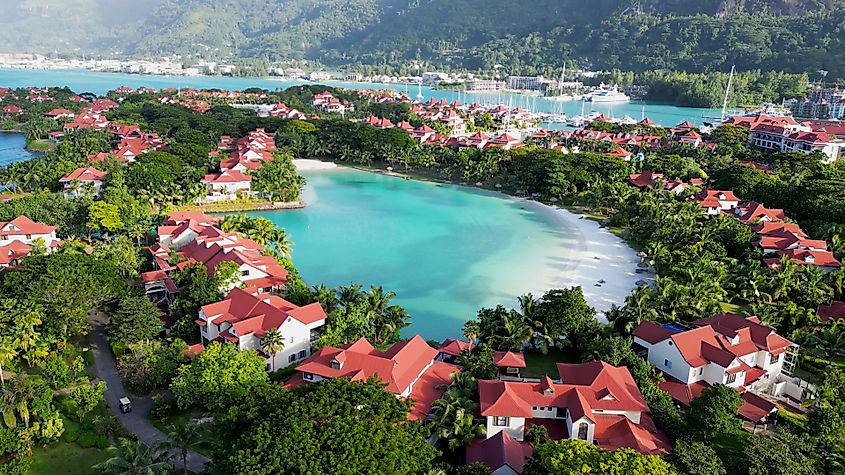
Seychelles is one of the smallest countries in the world. Only 455 km² in total area, Seychelles is composed of 115 islands that float on the edges of East Africa. The climate of the Seychelles is typical of most tropical islands. Warm weather is a constant around the year aside from the storms that blow in from the ocean.
The Seychelles were known to both Arab and Perian traders, but no attempt at a permanent settlement was made until the French officially annexed the island in 1756. French colonists and slaves from Africa were imported to the island to work on plantations. The islands were eventually given to the British in 1814. In 1976, the British granted the Seychelles their independence.
The vast majority of the Seychelles population are of mixed descent. Both European, Indian, and African peoples intermarried in the early years of the Seychelle's history resulting in a mashing together of ethnicities and cultures. the largest religion in the country is Roman Catholicism.
The Seychelles's economy is largely dependent on tourism. That being said the economy on the island is still growing at a respectable rate. In a few decades there it could be possible that the Seychelles could reach similar levels of success as those seen in Mauritius.
Sri Lanka
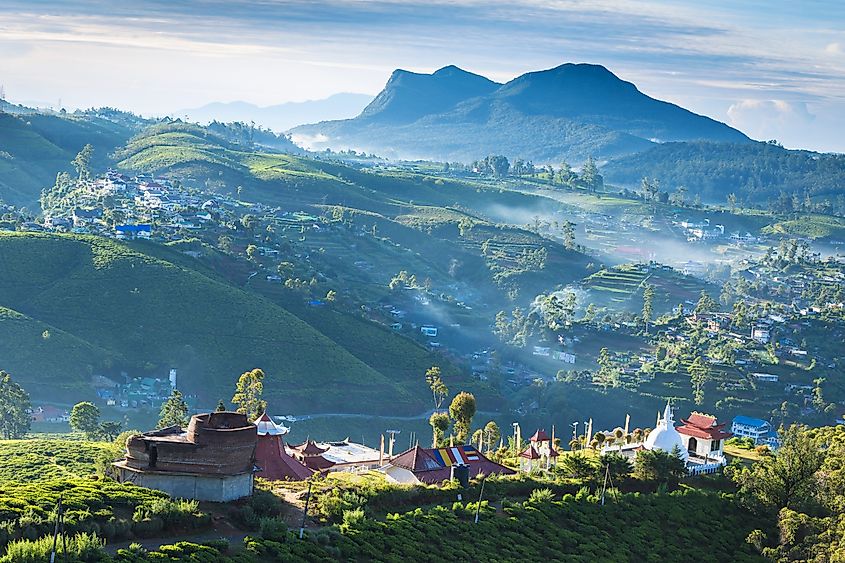
Often mistaken as a part of India, Sri Lanka has its own rich history dating back thousands of years. Sri Lanka is located just south of India; while it might share many cultural similarities, its people are very distinct from its cousins on the mainland.
Buddhism and Hinduism are the largest religions on the island. Both faiths have played a key role in forming Sri Lanka's culture and identity. The two largest ethnic groups are the Sinhalese and the Tamil.
Sri Lanka is still very much a rural society with more than 80% of its population living outside of a city. Its economy is dependent on its agricultural sector but is making changes to try and diversify the best it can.
Sri Lanka is in the midst of creating a budding tourism sector with the hopes of alluring tourists with their rich culture and history, along with stunning landscapes and beautiful beaches that dot the coast.
Final Thoughts
The countries of the Indian Ocean are some of the most fascinating and tranquil places on Earth. Despite being so small and generally isolated from the rest of the world, there is a lot to explore here. If you ever get the chance to visit one of these places, you will likely leave with memories that are guaranteed to last a lifetime.











